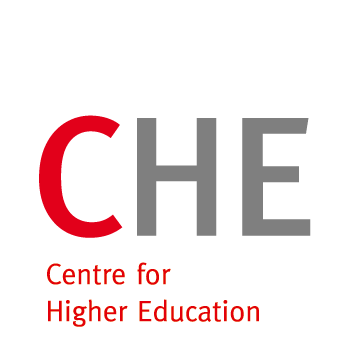
From science slams to podcasts – science communication in Germany is increasingly using new methods. However, this does not apply to the field of scientific and university research. Here, traditional channels such as publications continue to dominate the dissemination of research results. Only a third of research stakeholders and networks in this area actively use X (formerly Twitter) to transfer knowledge in the areas of study and teaching, research, transfer and university management. On LinkedIn, the figure is even lower at around ten percent. Podcasts and blogs also play a subordinate role. These are the findings of a study by the CHE Center for Higher Education Development.
Publications are the main channel of science and higher education research
Science and higher education research (WiHo research) in Germany is a field that examines developments in the higher education and science system and in which a large number of players are active. In addition to 123 institutions and 26 networks and specialist societies that carry out WiHo research, a large number of individual academics and university managers also publish relevant findings. For the first time, a CHE study now shows how research findings from this area are communicated and thus made available to others.
To this end, the two authors Sigrun Nickel and Nicolas Reum identified publications, conference contributions and social media as central exchange and transfer channels for WiHo research and analyzed the processing of the research results shared there. A total of around 2,400 relevant documents were collected over a period of two years and included in the study.
This shows that WiHo researchers mainly publish their findings online without any further public relations work or offer them as paid-for books or specialist journals. The data and facts obtained can be of interest far beyond the circle of WiHo research – for example, for university policy, university management and the wider public. “Whether print media or social media – in both areas, the focus is primarily on the intrinsic interest of users, whose motivational power is sufficient to set out on their own initiative in search of suitable know-how. What is largely missing overall is information that is prepared in different ways for different target groups,” summarizes project manager Sigrun Nickel.
About half (46.4 per cent) of the documents recorded are publications such as books or articles in specialist journals. In addition, a quarter each are conference contributions (27.1 per cent) and social media content (26.5 per cent). However, the quantitative comparison should be treated with caution. On the one hand, the publications have a different significance in terms of content due to their different character. Secondly, the social media channels could only be analysed over one year as part of the study, whereas the other transfer channels were analysed over two years. Nevertheless, the figures allow us to conclude that WiHo research continues to disseminate its knowledge primarily via publications.
Only a few players utilise the interactive possibilities of social media
‘Publications in the form of longer scientific texts continue to be essential for the transfer of knowledge in WiHo research in Germany,’ says Nicolas Reum from the CHE research team. ‘The cross-media opportunities offered by social media in particular have so far been little utilised, especially by those involved in higher education,’ says the author of the study.
With regard to the dissemination of research results in the four areas of study & teaching, research, transfer and university management analysed, only a third of WiHo research stakeholders were active on X (formerly Twitter) between 2022 and 2023. Engagement with the career network LinkedIn is even lower at 11.5 per cent. Every second relevant science and higher education research institution offers a newsletter with study results. However, only very few have active blogs (8.3 per cent) or podcasts (2.1 per cent).
Study and teaching topics dominate
Around 60 percent of all WiHo research documents analysed dealt with the topic of studying and teaching. This share is three times as high as that of the next closest subject area, research, which is 20.4 per cent. The subject areas of transfer and university management then each have comparable shares of 10.4 per cent and 9.8 per cent respectively. The detailed analysis by sub-topic also shows that most documents in this area deal with digitalisation, university didactics and the quality development of studying and teaching.
Lack of central contact points for information
‘If you want to find out interesting facts about higher education and science management in Germany, you can find a lot if you know where to look,’ summarises Sigrun Nickel. Although around two thirds of the publications analysed are available in open access, i.e. freely accessible free of charge, the large number of players and networks makes it difficult to find relevant publications. ‘It would be good if the interested public had one or more central contact points where they could search for relevant information from WiHo research by topic,’ says the author of the study.
